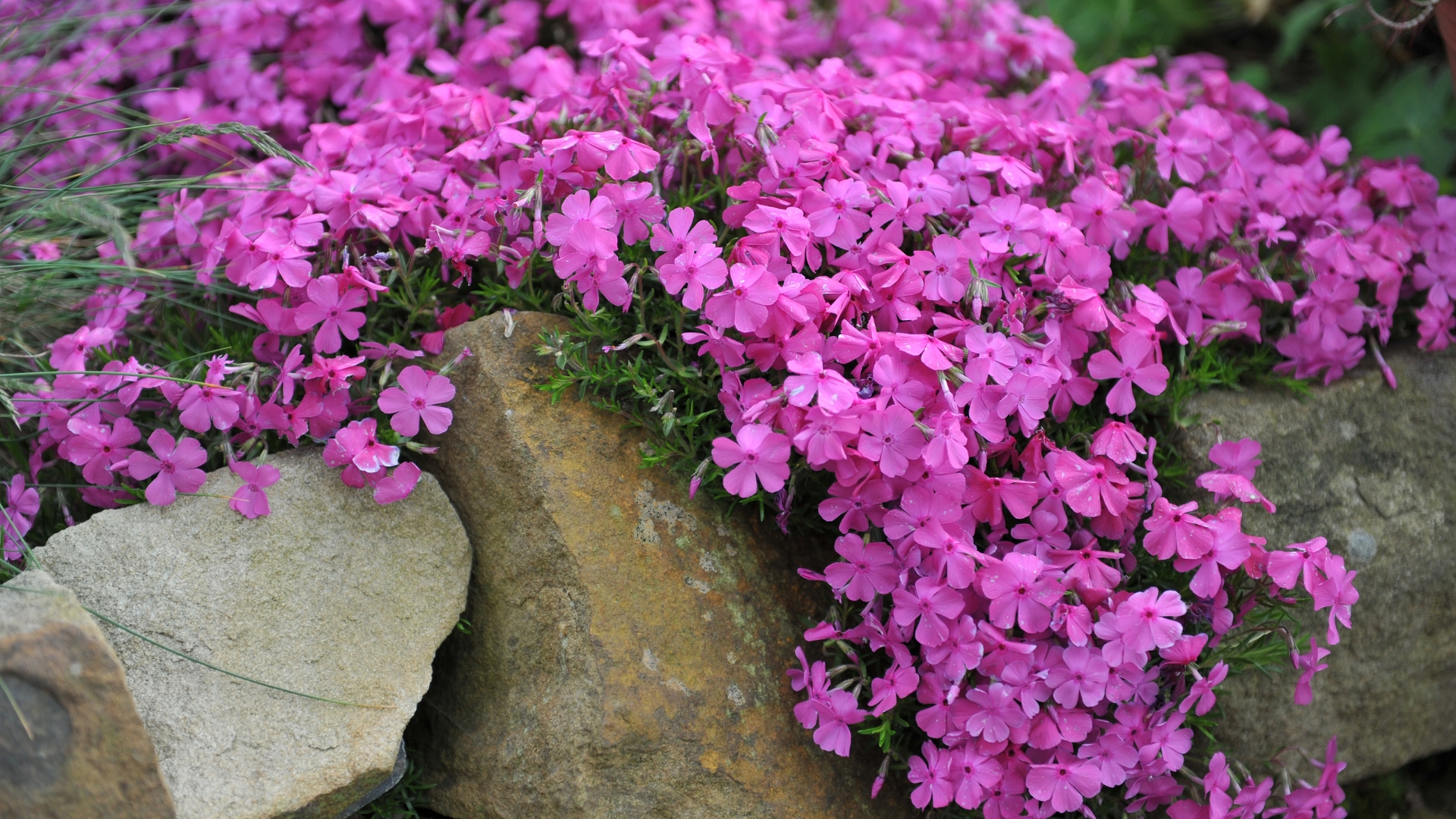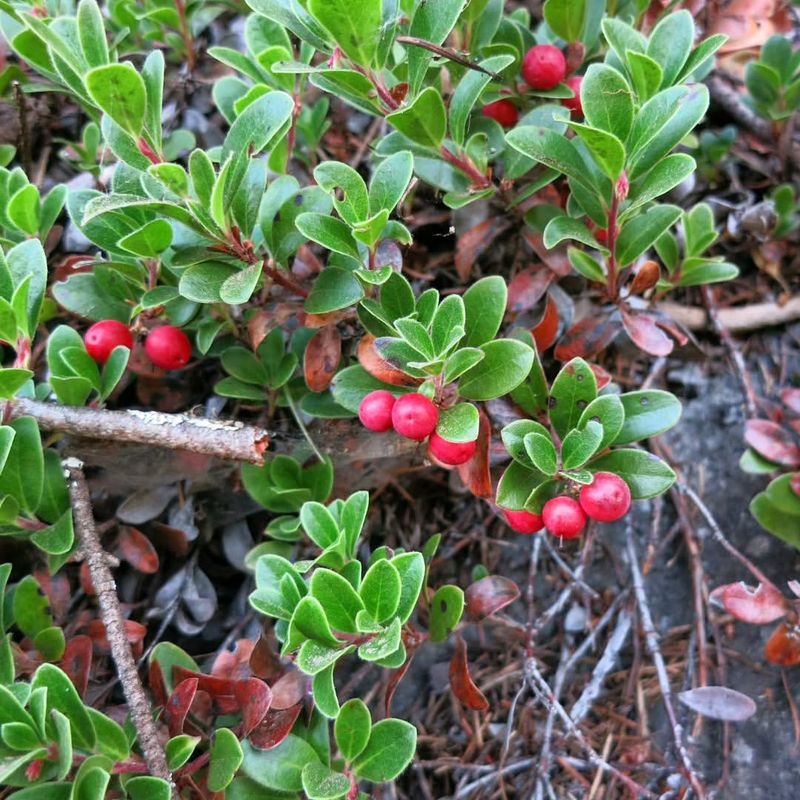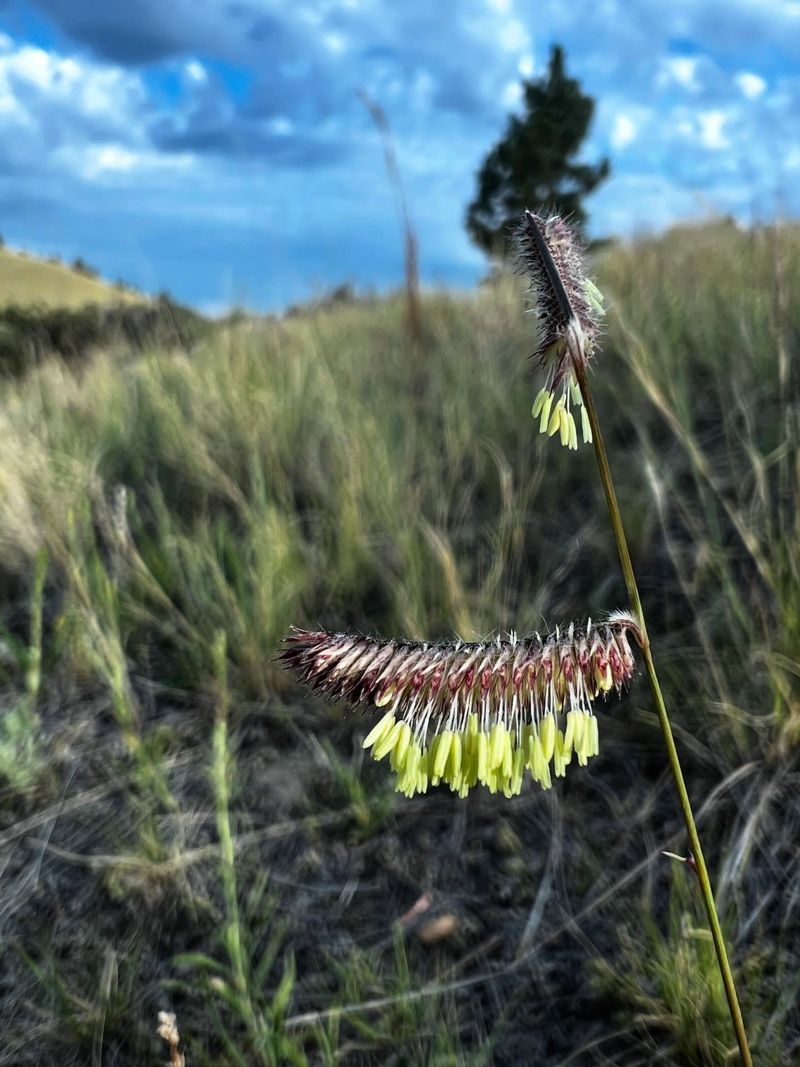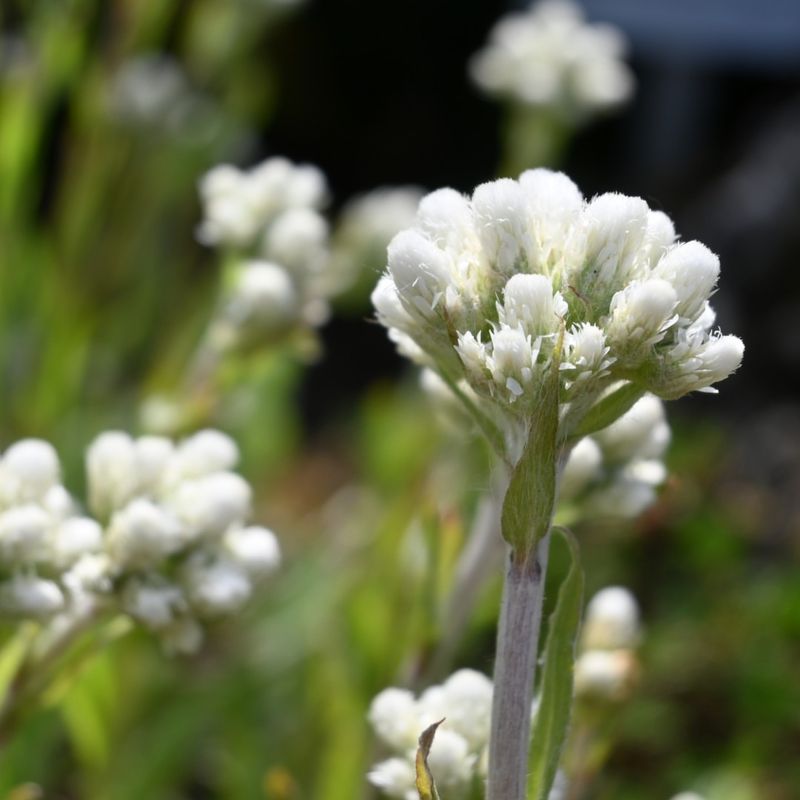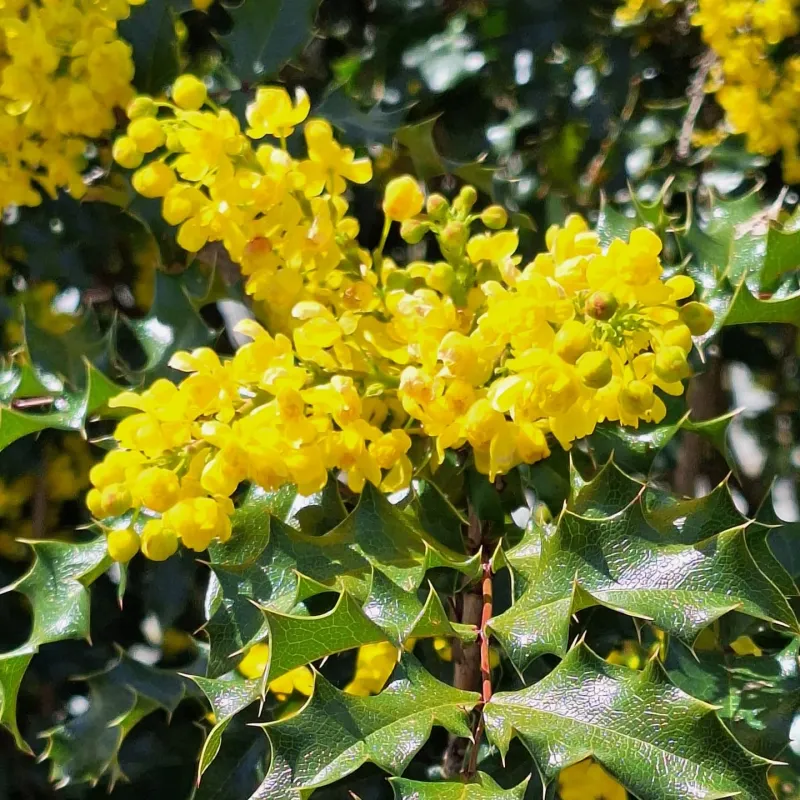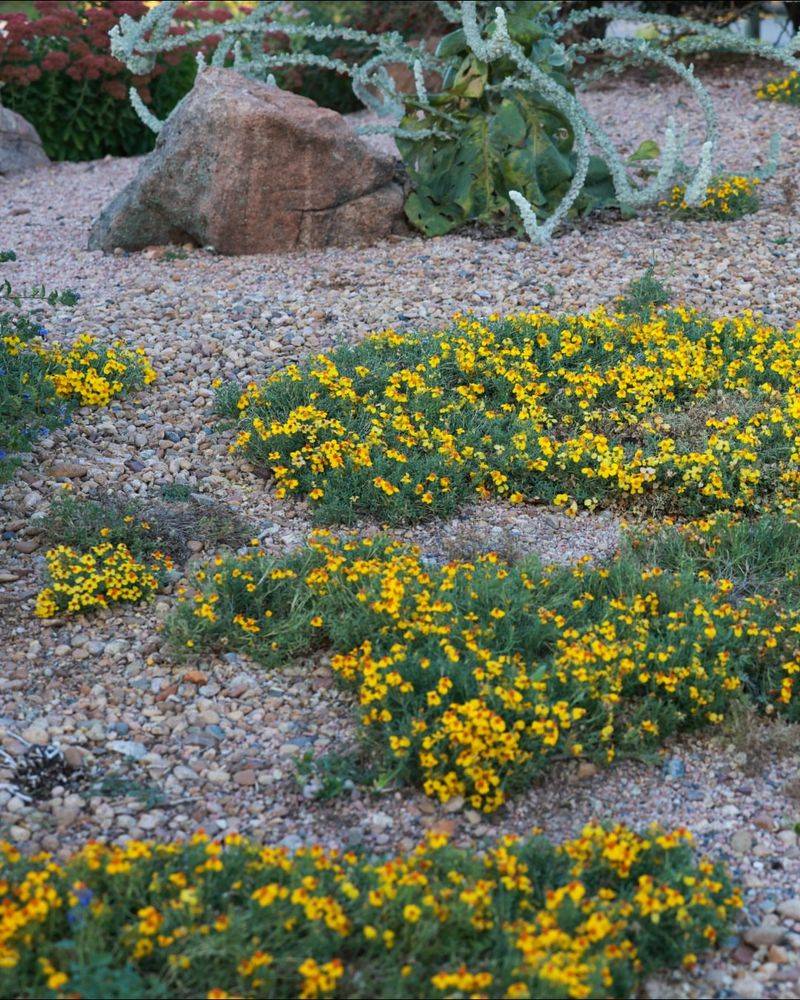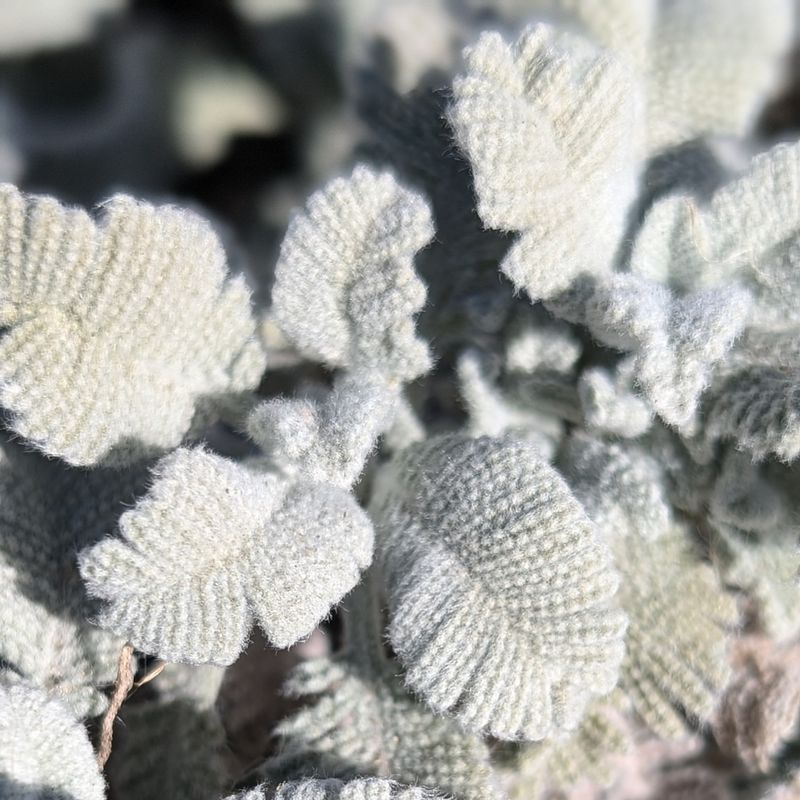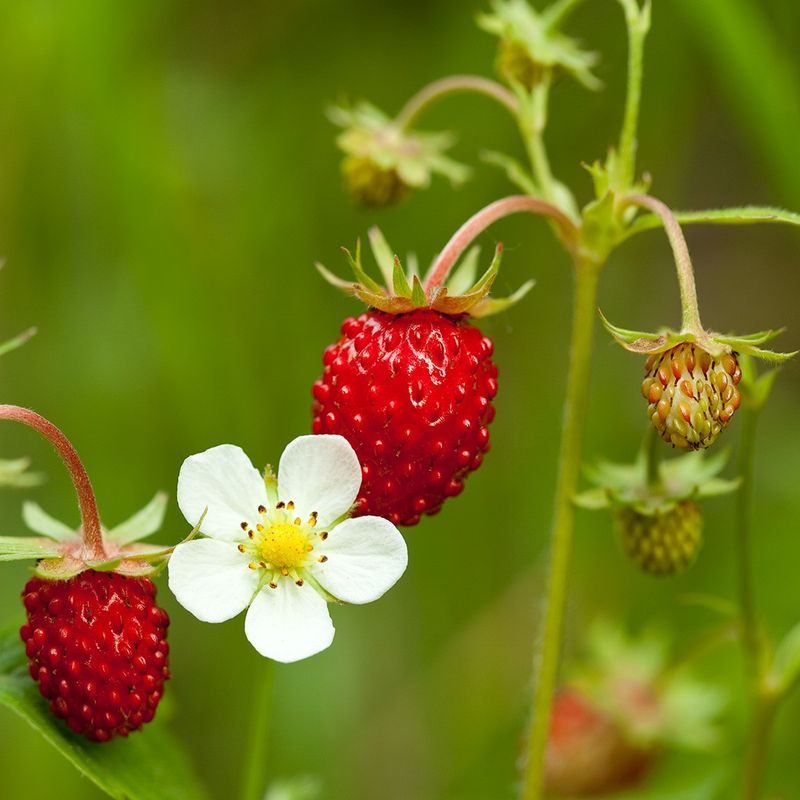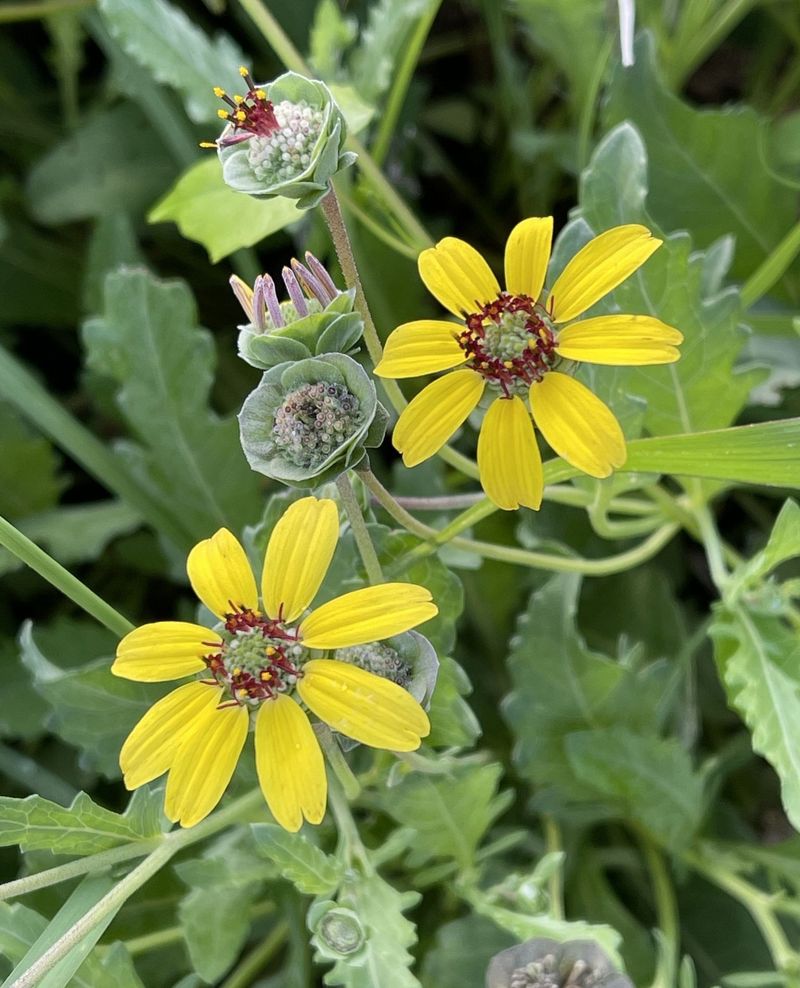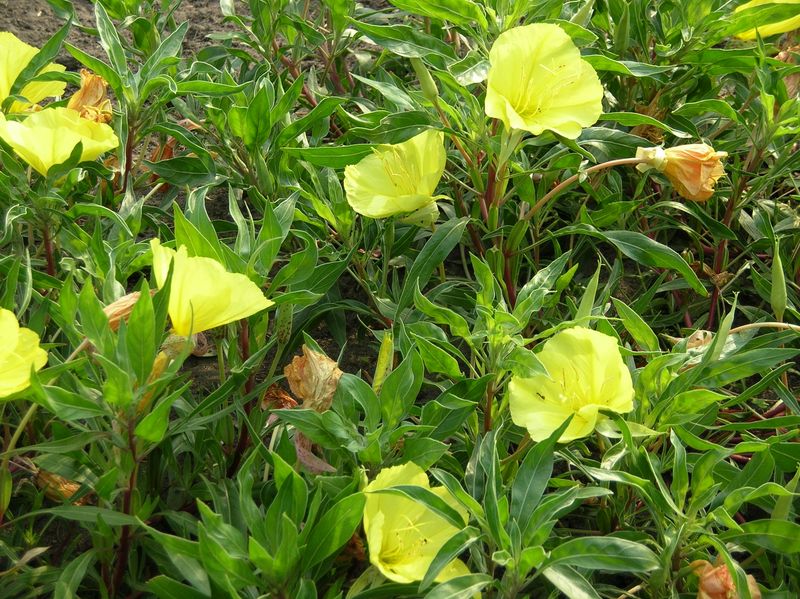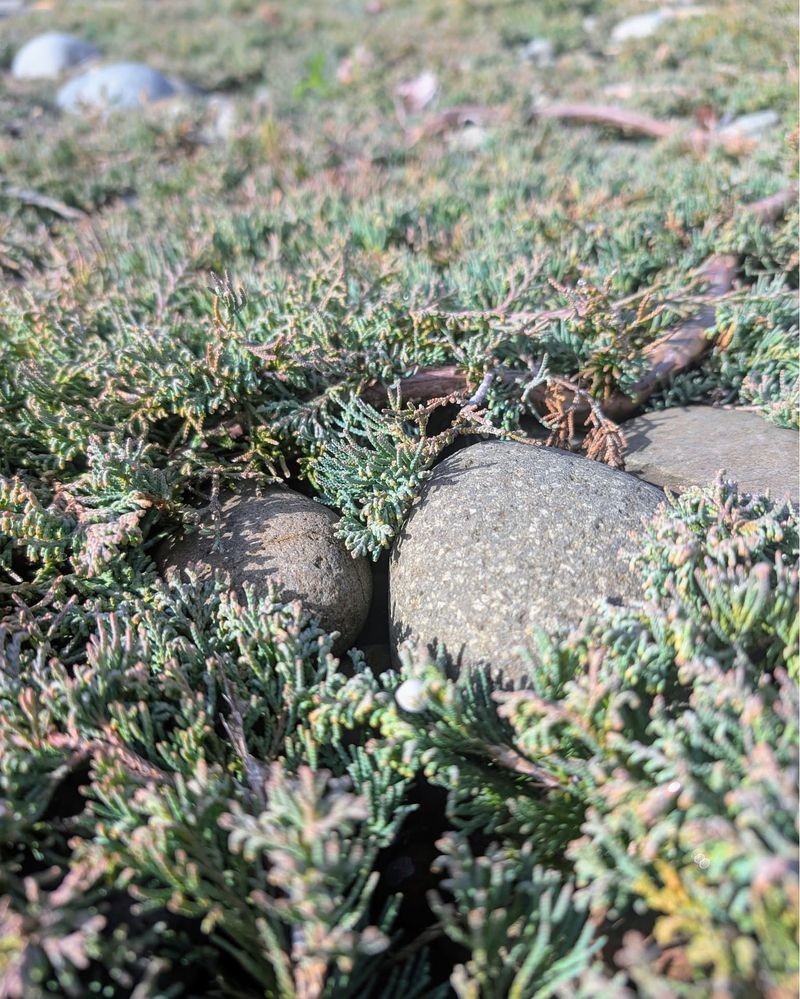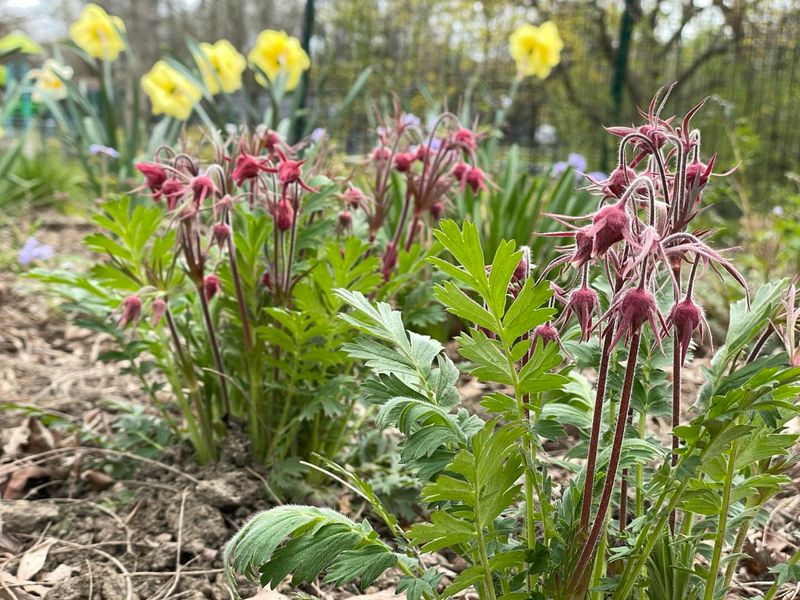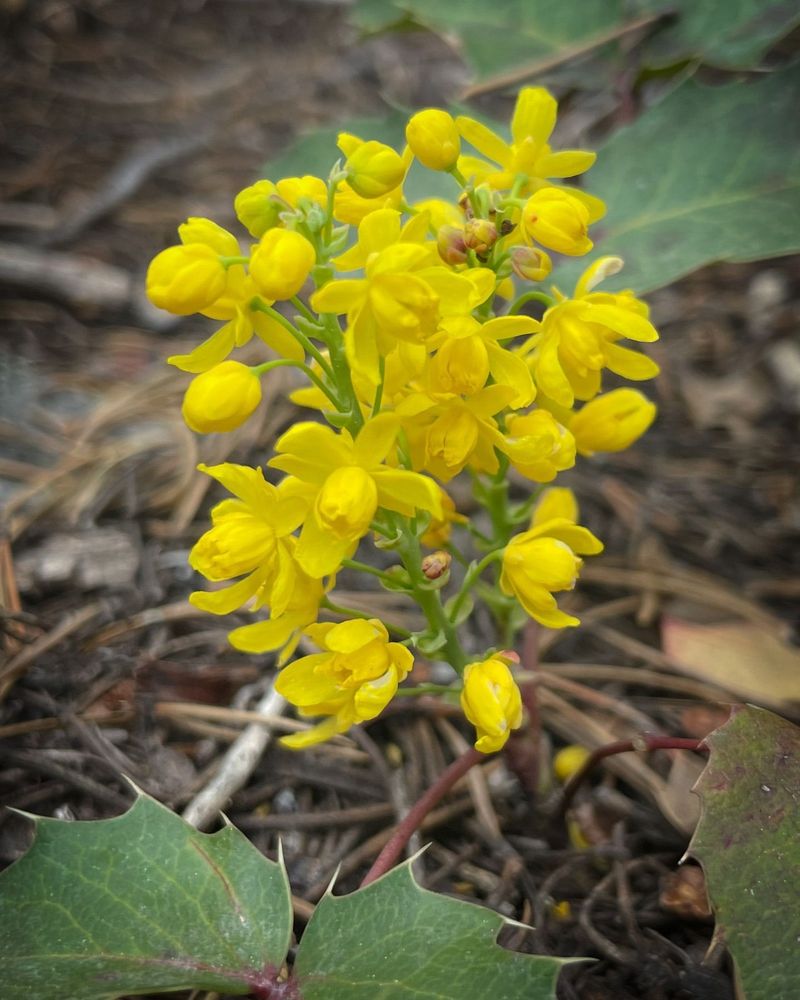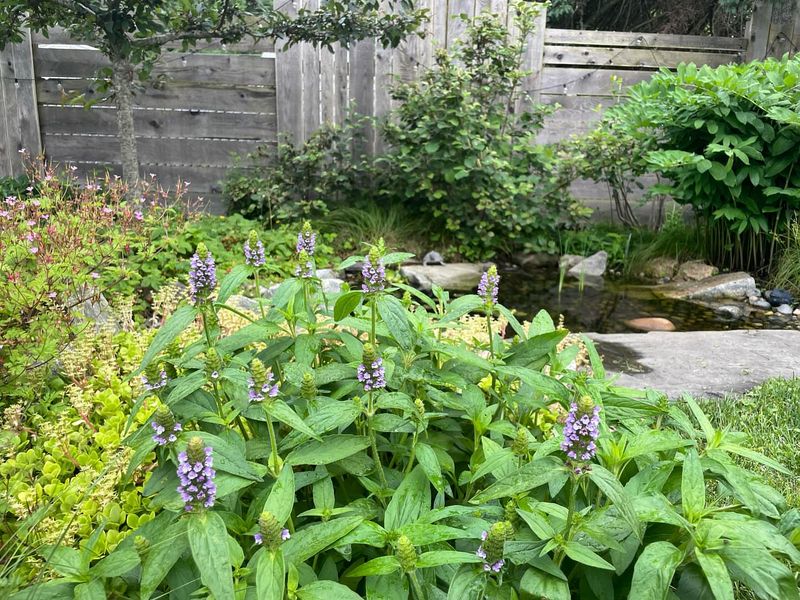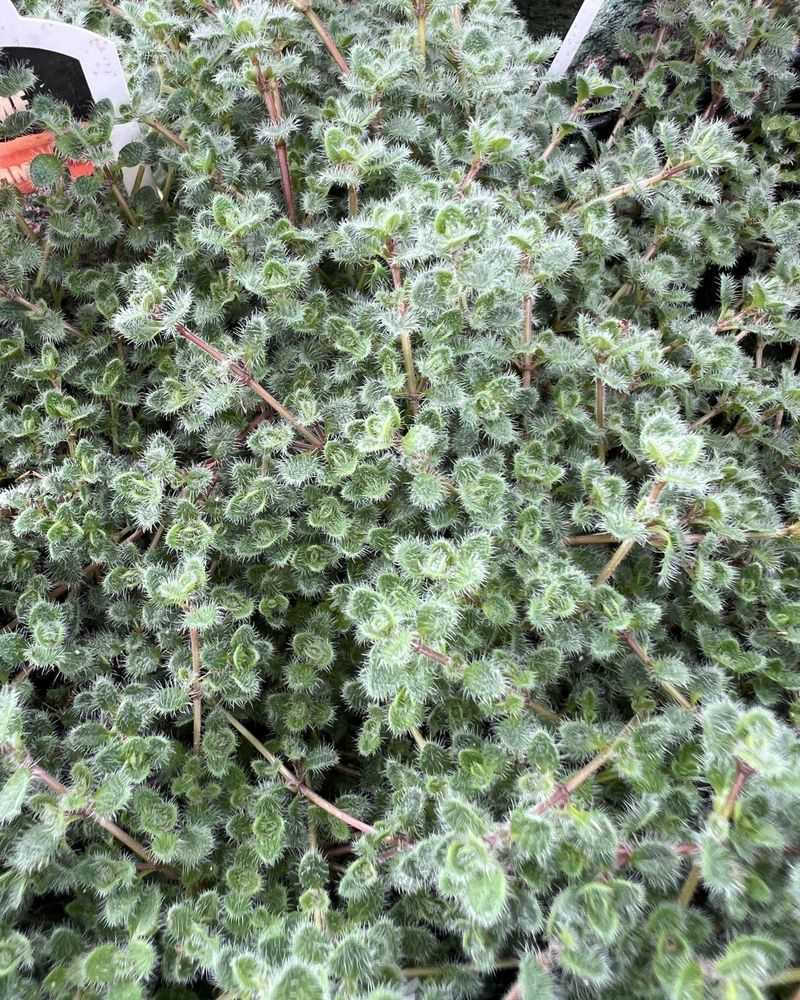Colorado gardeners are swapping out thirsty lawns for stunning native groundcover—and honestly, it’s a game changer. These plants are tough, beautiful, and way easier to care for than traditional grass.
I’ve seen yards totally transformed with just a few of these low-growers. They’re perfect for adding color and texture without all the mowing and watering.
If you’re over patchy grass, this might be the fresh start your yard needs.
1. Kinnikinnick
Low-growing evergreen mats spread beautifully in Colorado landscapes, creating lush carpets that withstand foot traffic. The small red berries attract birds while tiny pink flowers add seasonal charm.
Colorado gardeners love how this native adapts to our challenging mountain soils and needs almost no maintenance once established. Perfect for sunny spots where grass struggles!
2. Blue Grama Grass
Graceful seed heads dance above fine-textured foliage, resembling eyelashes waving in Colorado’s mountain breezes. This drought-tolerant native grass stays naturally short at 6-12 inches, eliminating the need for regular mowing.
Many Colorado yards showcase this prairie beauty that handles our state’s intense sun and irregular rainfall patterns. Wildlife appreciates the cover while gardeners enjoy its minimal care requirements.
3. Pussytoes
Soft, silvery-gray foliage forms tidy mats topped with fuzzy white flower clusters that look just like cat’s paws. Children in Colorado gardens delight in these touchable blooms that appear in spring and early summer.
Throughout our state’s diverse regions, pussytoes handle poor soils with ease. They’re particularly useful for controlling erosion on slopes where traditional grass struggles to establish roots.
4. Creeping Mahonia
Glossy, holly-like foliage creates year-round interest with bright yellow flowers in spring followed by blue berries birds adore. The leaves take on purple tints during Colorado’s cold winters, adding unexpected color to the landscape.
Gardeners across our state appreciate how this native thrives in shady spots where grass typically fails. It’s becoming increasingly popular in Denver’s water-wise demonstration gardens.
5. Prairie Zinnia
Cheerful yellow daisy-like flowers blanket this low-growing native from June through September, creating a sunny display. Pollinators flock to these blooms while the silvery-green foliage stays attractive even between flowering periods.
Colorado’s Front Range gardeners find this plant particularly valuable for hot, dry areas. Its deep taproot helps it survive our state’s challenging conditions without supplemental irrigation once established.
6. Sulfur Buckwheat
Stunning sulfur-yellow flower clusters hover above neat rosettes of gray-green leaves from early summer through fall. Bees and butterflies constantly visit these blooms, bringing Colorado gardens to life with movement and sound.
Gardeners throughout our state’s drier regions value this native’s exceptional drought tolerance. Once established in rocky or sandy soils, it thrives with minimal attention even during Colorado’s hottest months.
7. Partridge Feather
Feathery silver foliage creates a striking contrast against darker plants and hardscaping elements in Colorado landscapes. The distinctive texture resembles fern fronds dusted with frost, maintaining interest even when not in bloom.
Gardeners across our state appreciate how this drought-tolerant groundcover spreads slowly to fill spaces without becoming invasive. Its ability to thrive in Colorado’s challenging clay soils makes it especially valuable.
8. Wild Strawberry
Delicate white flowers give way to tiny, intensely flavored berries that delight both humans and wildlife in Colorado gardens. The trifoliate leaves form dense mats that effectively suppress weeds while staying green through most of the year.
Many Colorado mountain communities use this native to stabilize soil on gentle slopes. Kids especially enjoy discovering the sweet little fruits hidden beneath the foliage during summer walks.
9. Creeping Phlox
Masses of vibrant pink, purple, or white flowers create stunning spring carpets that seem to flow across Colorado rock gardens. The needle-like evergreen foliage forms tight mats that effectively prevent soil erosion on slopes and banks.
Gardeners throughout our state value this native for its ability to cascade over walls and rocks. It performs beautifully in Colorado’s mountain communities, handling cold winters with ease while requiring minimal summer water.
10. Chocolate Flower
Morning visitors to Colorado gardens are greeted by the surprising scent of chocolate emanating from these cheerful yellow daisies. The fragrance is strongest in early morning, creating a delightful sensory experience as you walk through the garden.
Gardeners in our state’s hotter regions appreciate how this native thrives in full sun and poor soil. Its chocolate-colored center contrasts beautifully with the bright petals, adding visual interest to Colorado xeriscapes.
11. Alpine Sundrops
Brilliant cup-shaped yellow blooms open in late afternoon and close by morning, creating a daily show in Colorado gardens. The compact growth habit makes it perfect for edges and rock gardens where it forms tidy mounds covered with flowers.
Gardeners across our state’s diverse climate zones find this native adaptable to various conditions. It’s particularly spectacular in Colorado’s mountain communities where the intense sunlight makes the blooms seem to glow.
12. Creeping Juniper
Blue-green foliage forms wide-spreading mats that effectively suppress weeds while providing year-round color in Colorado landscapes. The scaly needles release a pleasant fragrance when brushed against, adding a sensory element to garden pathways.
Throughout our state’s challenging growing conditions, this native juniper proves remarkably resilient. Many Colorado homeowners use it on slopes where its extensive root system prevents erosion while requiring virtually no maintenance.
13. Prairie Smoke
Feathery pink seed heads resemble puffs of smoke hovering above the foliage, creating an ethereal effect in Colorado gardens. The deeply cut leaves form attractive rosettes that turn reddish in fall, extending seasonal interest.
Gardeners throughout our state appreciate this native’s tolerance of poor soils. It’s becoming increasingly popular in Colorado’s public parks as a low-maintenance alternative to resource-intensive turf grass.
14. Creeping Oregon Grape
Shiny, holly-like leaves create year-round structure while clusters of bright yellow flowers attract early spring pollinators. The blue-black berries that follow provide food for birds while adding visual interest to Colorado landscapes.
Gardeners across our state value this native for its ability to thrive in difficult dry shade conditions. It’s particularly useful under Colorado’s native pines and junipers where few other plants grow successfully.
15. Self-Heal
Purple flower spikes rise above lush green mats of foliage, attracting bees and butterflies throughout summer. This versatile native handles light foot traffic, making it ideal for areas between stepping stones or as a lawn alternative.
Gardeners in Colorado’s Front Range find this plant thrives with minimal care in moderately moist areas. Its traditional medicinal uses add an interesting talking point for visitors to our state’s demonstration gardens.
16. Wooly Thyme
Tiny gray leaves covered in soft fuzz create cushiony mats that release a pleasant fragrance when walked upon. The fuzzy texture adds tactile interest to Colorado gardens while tiny pink flowers attract pollinators in early summer.
Gardeners across our state use this aromatic groundcover between flagstones and in rock gardens. It performs beautifully in Colorado’s challenging mountain environments, handling both cold winters and hot, dry summer conditions.

